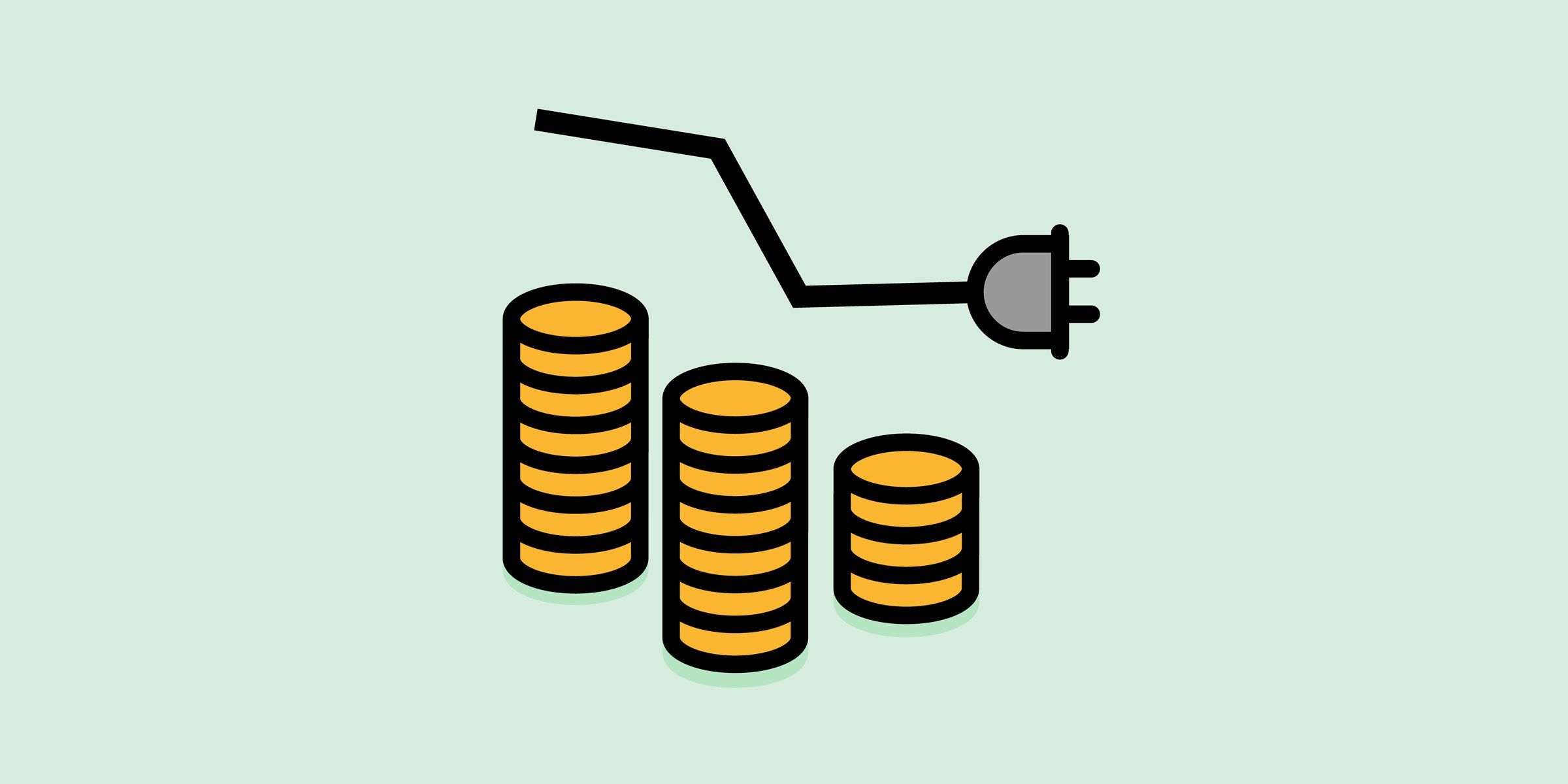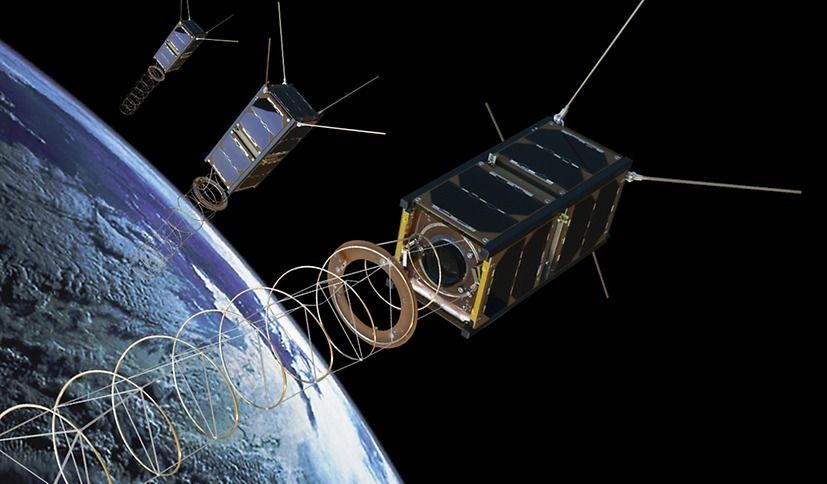GomSpace Group, a company listed on the Nasdaq First North Premier exchange, and the Luxembourg Economy Ministry agreed in principle to establish in the country a company focused on satellite operations and data processing and distribution.
By 2021 the company could employ up to 50 full-time staff, GomSpace said in a statement. The ministry will provide funding through its Luxembourg space programme as well as grants for research and development that will happen in the country, it said.
“By choosing the Grand-Duchy for their international expansion, GomSpace acknowledges the substantial efforts of the government over the last years to put in place the necessary measures to support the continued strengthening and diversification of its space sector,” Economy Minister Etienne Schneider said.







